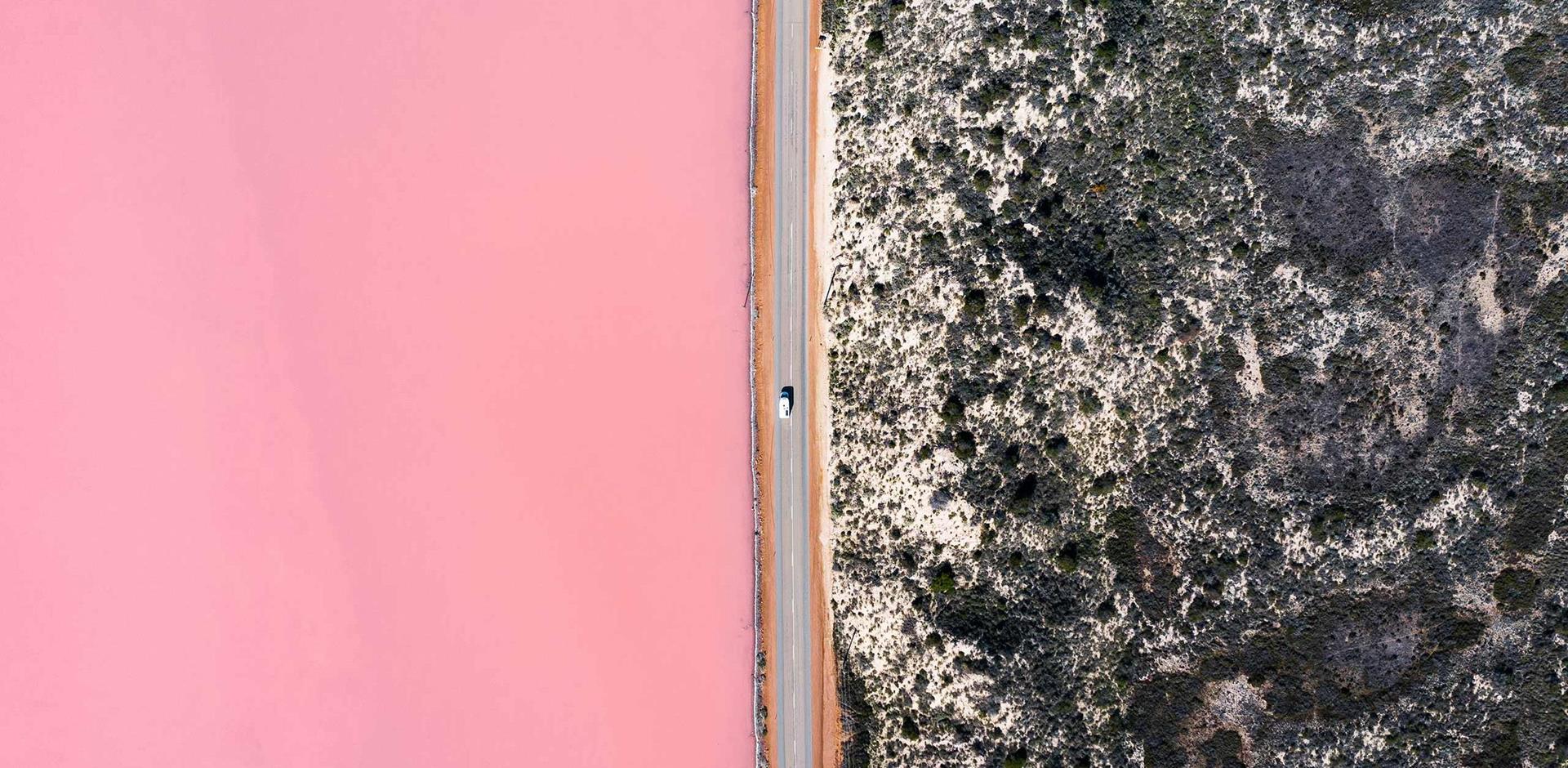With a shorter flight time than Sydney, and some of the best beaches in the world, Western Australia is a jewel of a destination stretching from Perth to Fremantle. It is also one of the best places to see the Aussie Big Five, but you’ve got to know where, and when to look.
Did you know, Western Australia is home to 70 per cent of Australia’s mammals? A total of 25 species are only found in this coastal state - known for its endless blue skies and spectacular pink lakes - which include the star line-up of quokkas, whale sharks, humpback whales, orcas and kangaroos.
You are almost guaranteed to see these animals if you snorkel the pristine waters of Ningaloo Reef, hop on a ferry to Rottnest Island or venture to Bremer Bay as long as you choose the right time of year. But we have asked our experts on Australia’s wild side to provide a definitive guide on how you can spot the Aussie Big Five next time you visit.

